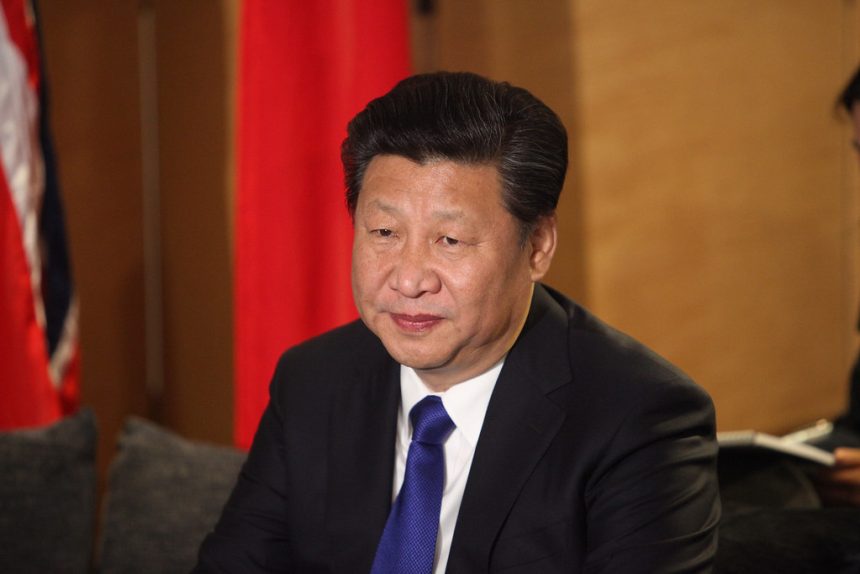Chinese President Xi Jinping has embarked on a significant diplomatic tour of Southeast Asia, visiting Vietnam, Malaysia, and Cambodia from April 14 to 18, 2025. This tour aims to bolster China’s relationships with its neighbors amidst escalating trade tensions with the United States.
Vietnam: Deepening Economic and Strategic Partnerships
Xi’s visit to Vietnam commenced with high-level meetings with Vietnamese leaders, including President Luong Cuong and Communist Party General Secretary To Lam. The two nations signed approximately 40 agreements focusing on supply chain collaboration, infrastructure development, and technological cooperation. Notably, discussions included plans for joint railway projects and potential leasing of Chinese COMAC aircraft by Vietnamese carriers.
Xi emphasized the importance of multilateralism and criticized protectionist policies, stating that “trade wars and tariff wars yield no winners.” This message resonates as Vietnam navigates its economic ties with both China and the U.S., especially in light of recent U.S. tariffs affecting Vietnamese exports.
Malaysia and Cambodia: Expanding Regional Influence
Following Vietnam, Xi’s tour includes state visits to Malaysia and Cambodia. In Malaysia, discussions are expected to center on enhancing trade relations and infrastructure connectivity. Cambodia, a longstanding ally of China, anticipates agreements that will further solidify bilateral cooperation.
Strategic Context: Countering U.S. Trade Policies
Xi’s Southeast Asia tour occurs against the backdrop of intensified trade disputes with the United States. The U.S. has imposed significant tariffs on Chinese goods, prompting China to seek stronger regional alliances. By reinforcing ties with Southeast Asian nations, China aims to mitigate the impact of U.S. trade policies and present itself as a stable and reliable partner in the region.
Conclusion
President Xi Jinping’s tour underscores China’s commitment to strengthening regional partnerships and promoting a multilateral trade framework. As global trade dynamics evolve, China’s engagement with Southeast Asia will play a pivotal role in shaping the economic and geopolitical landscape of the region.











